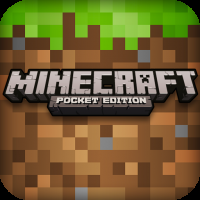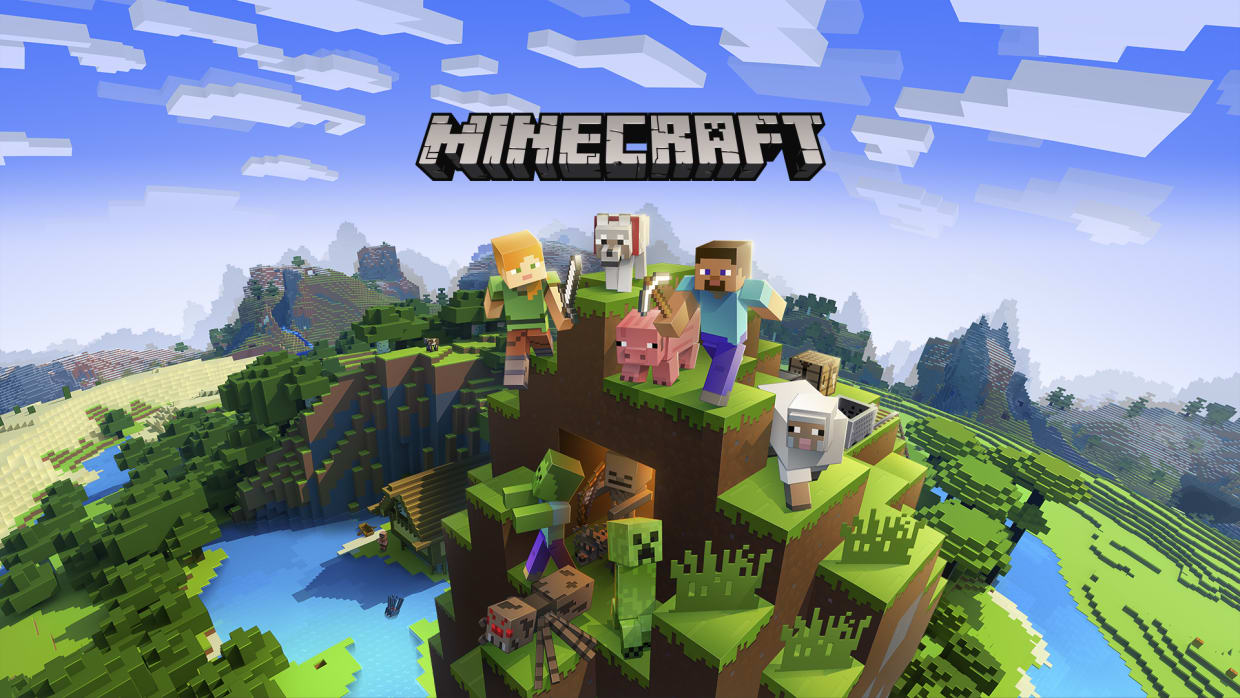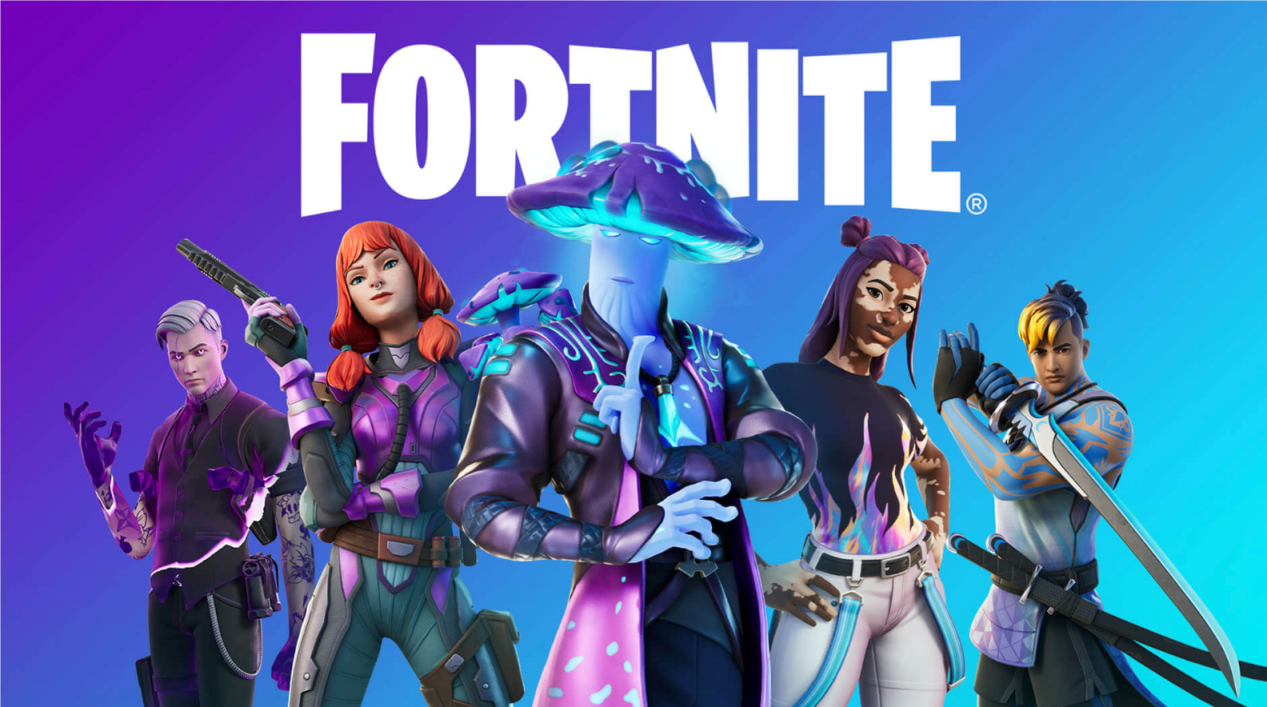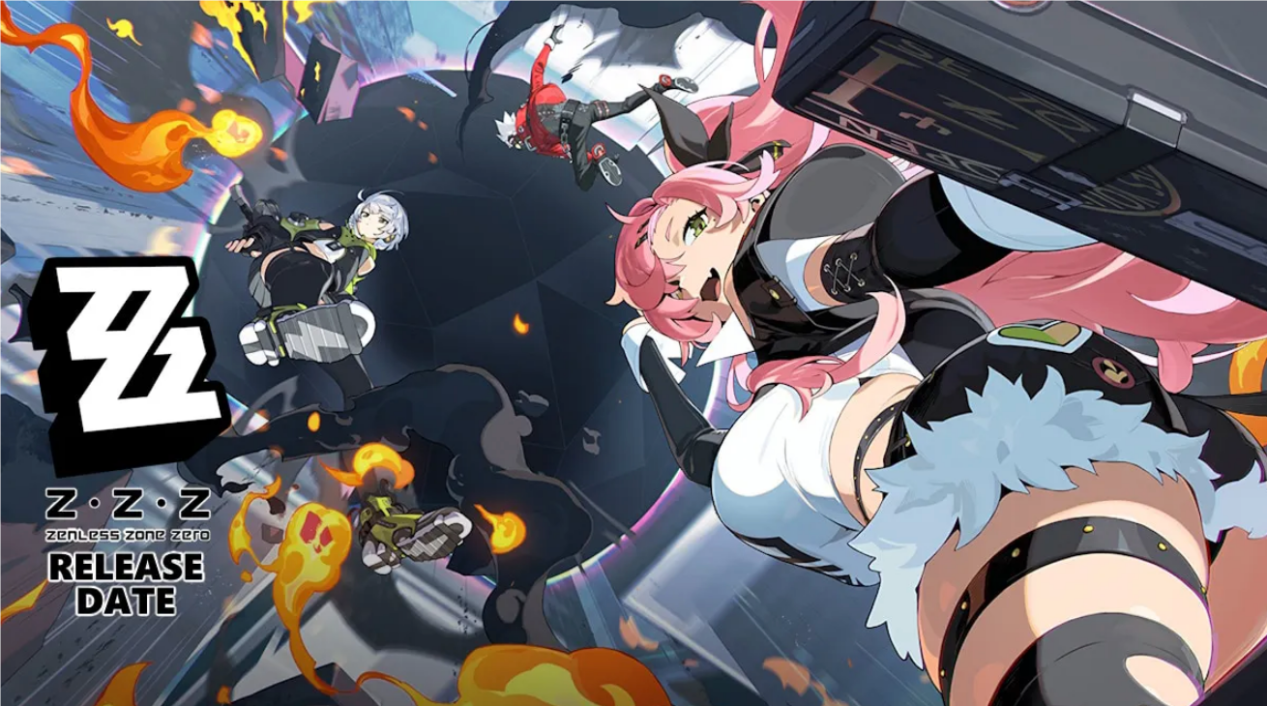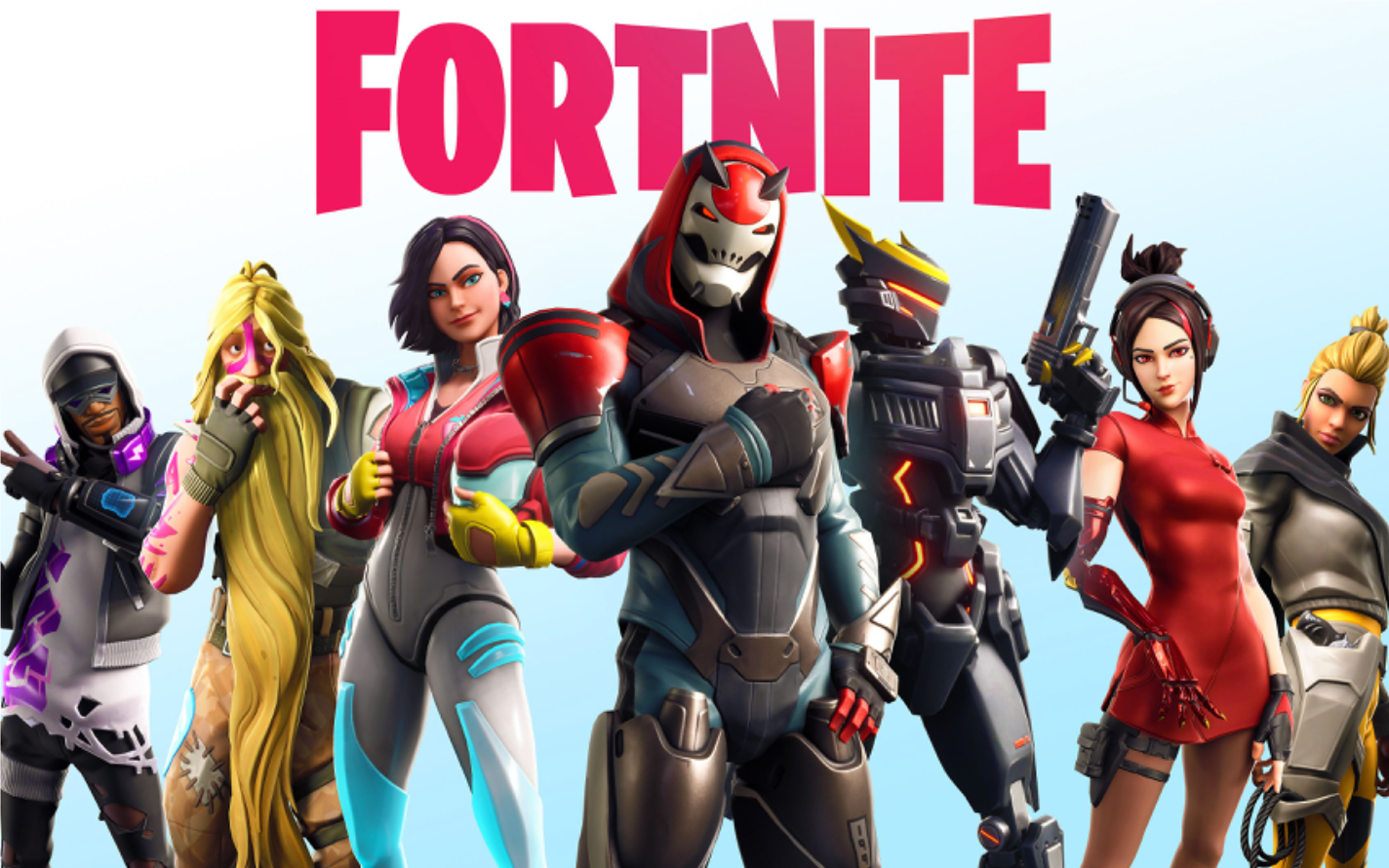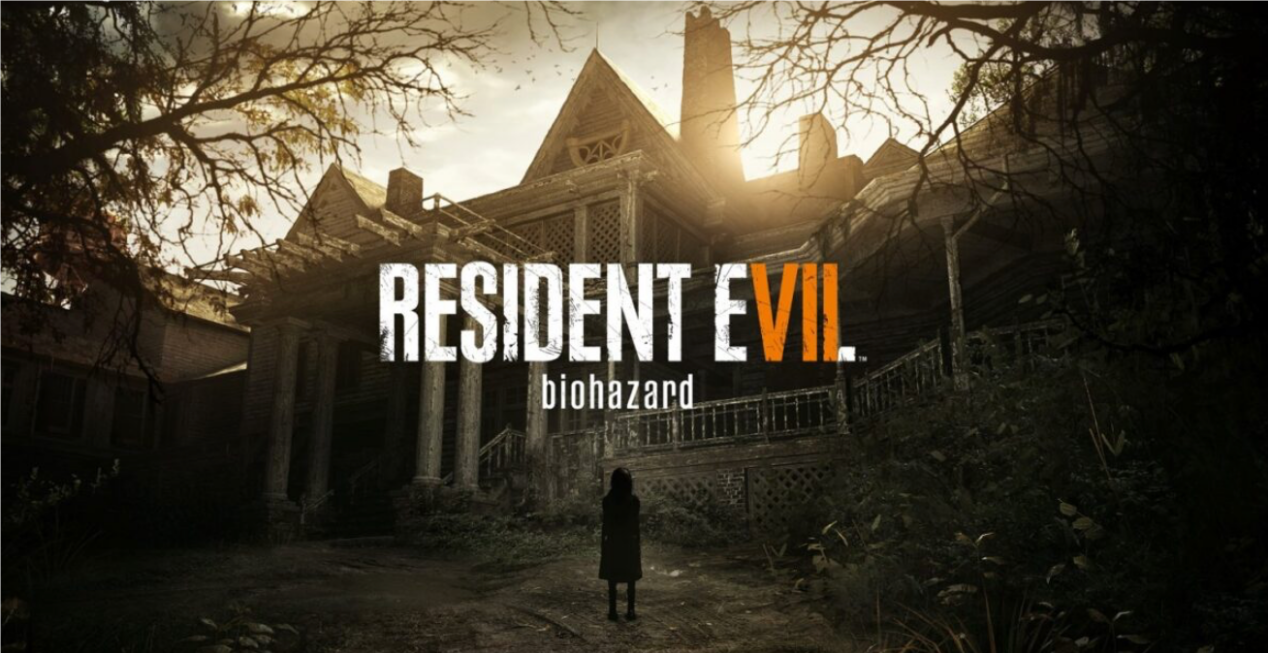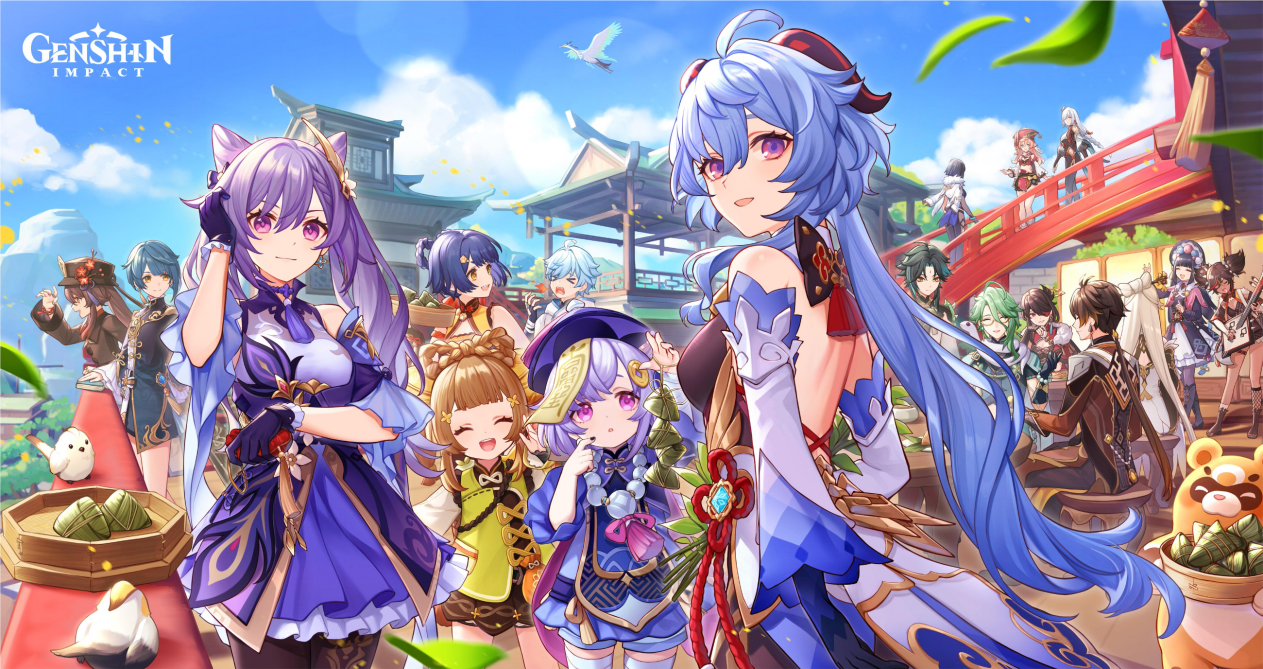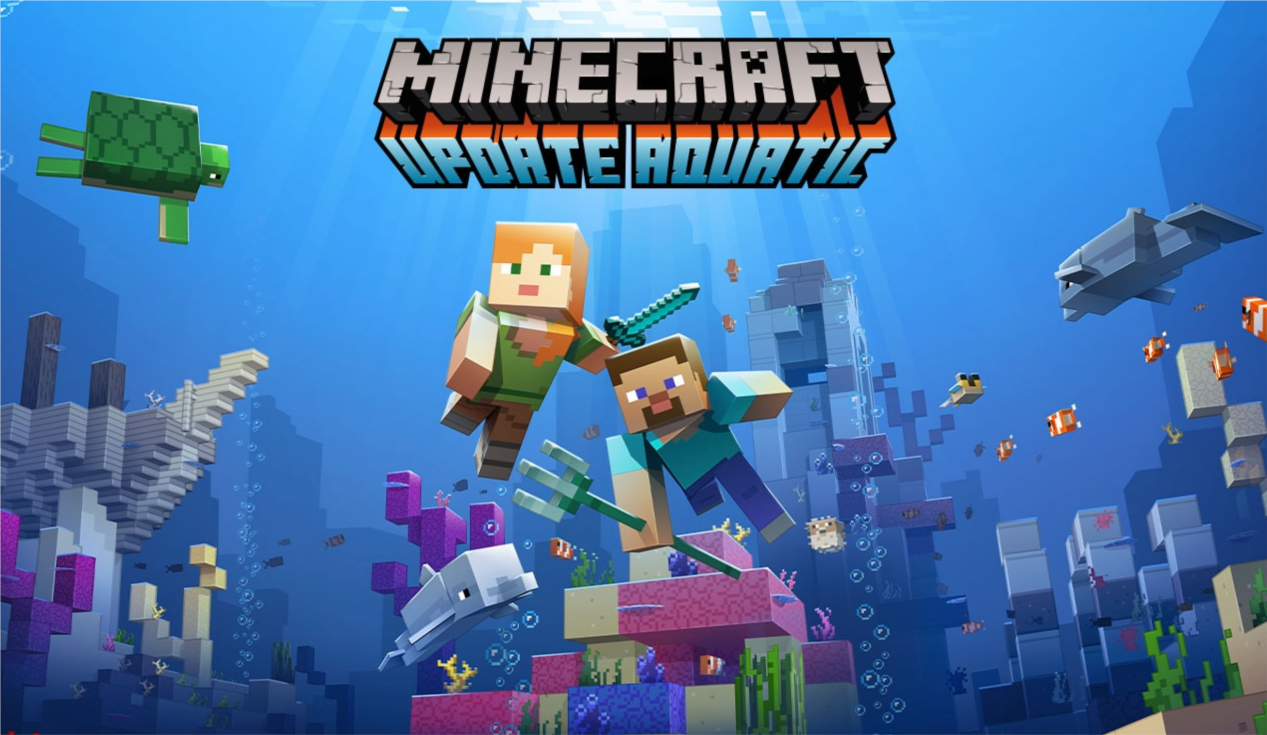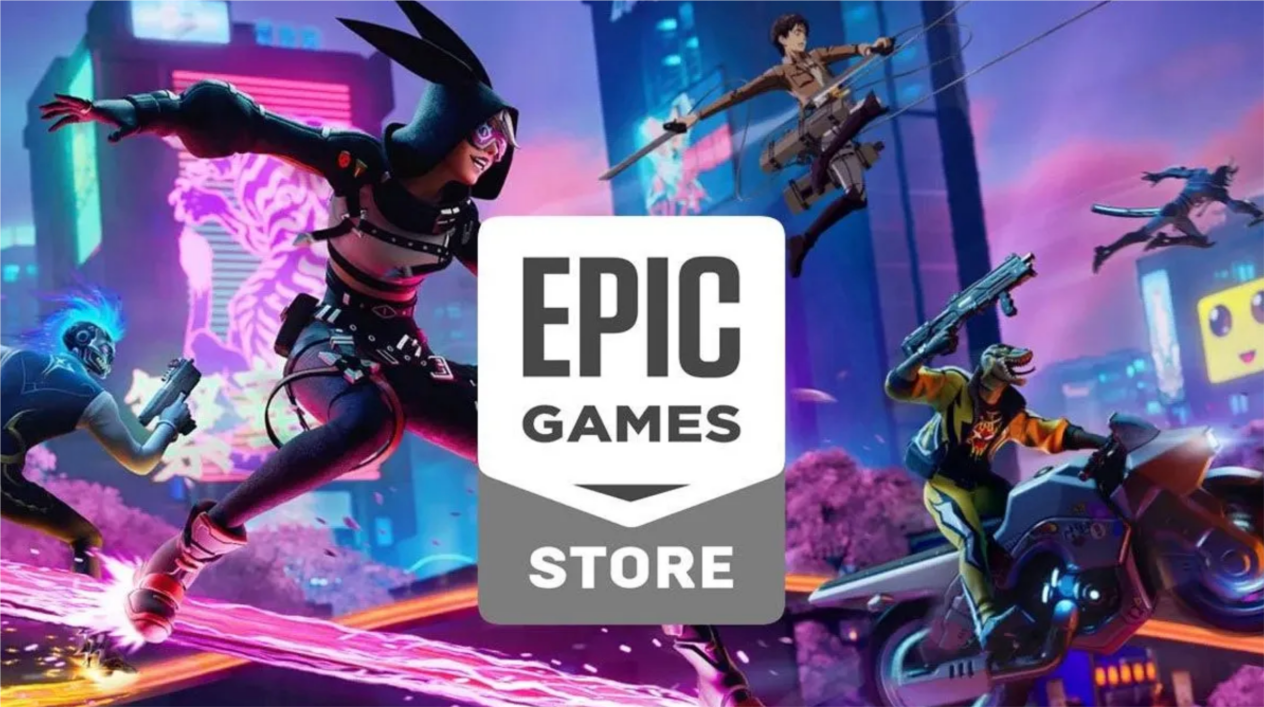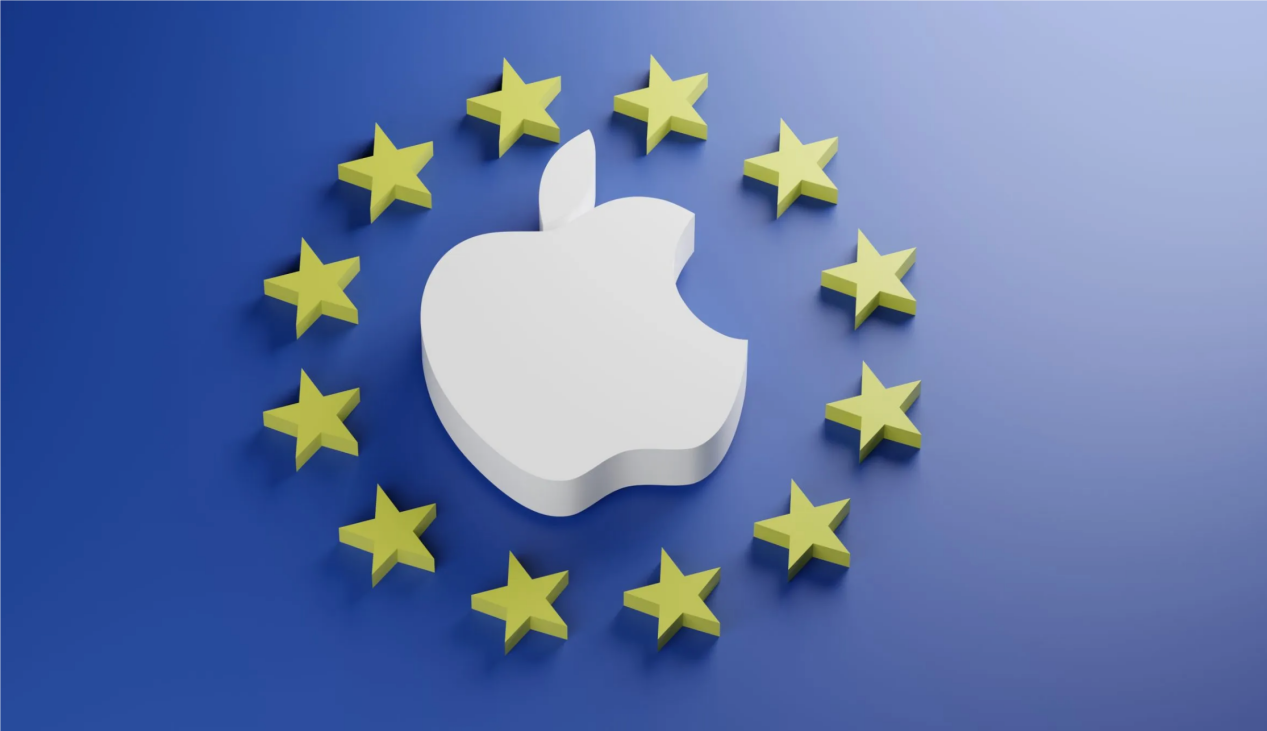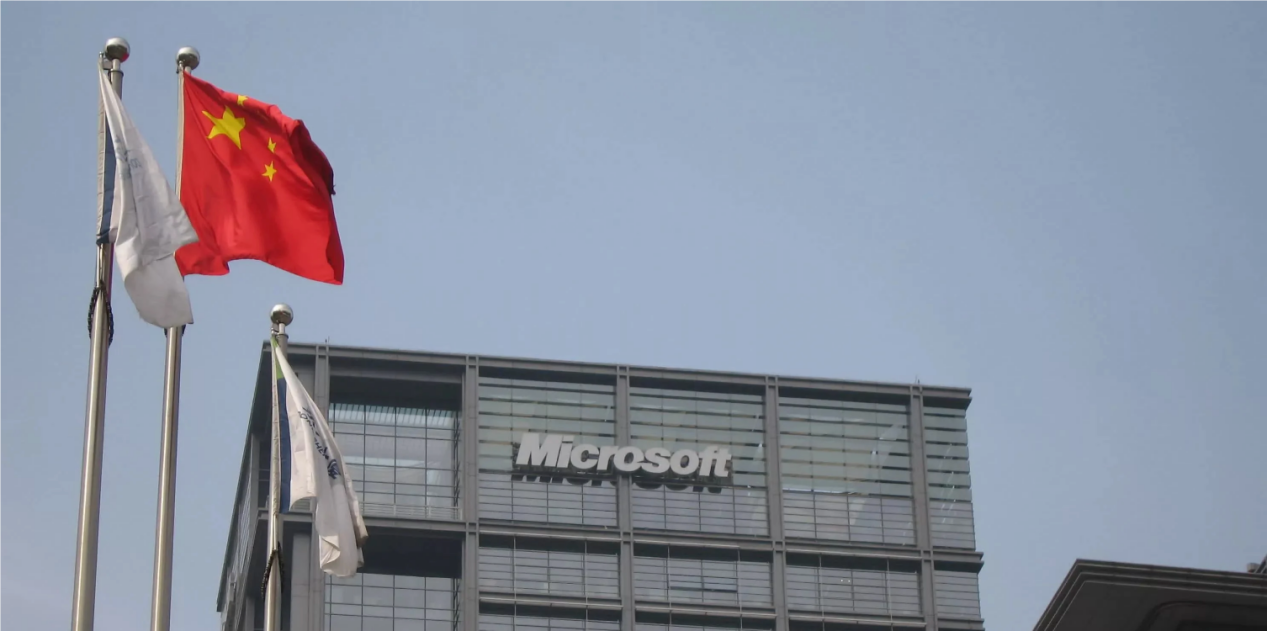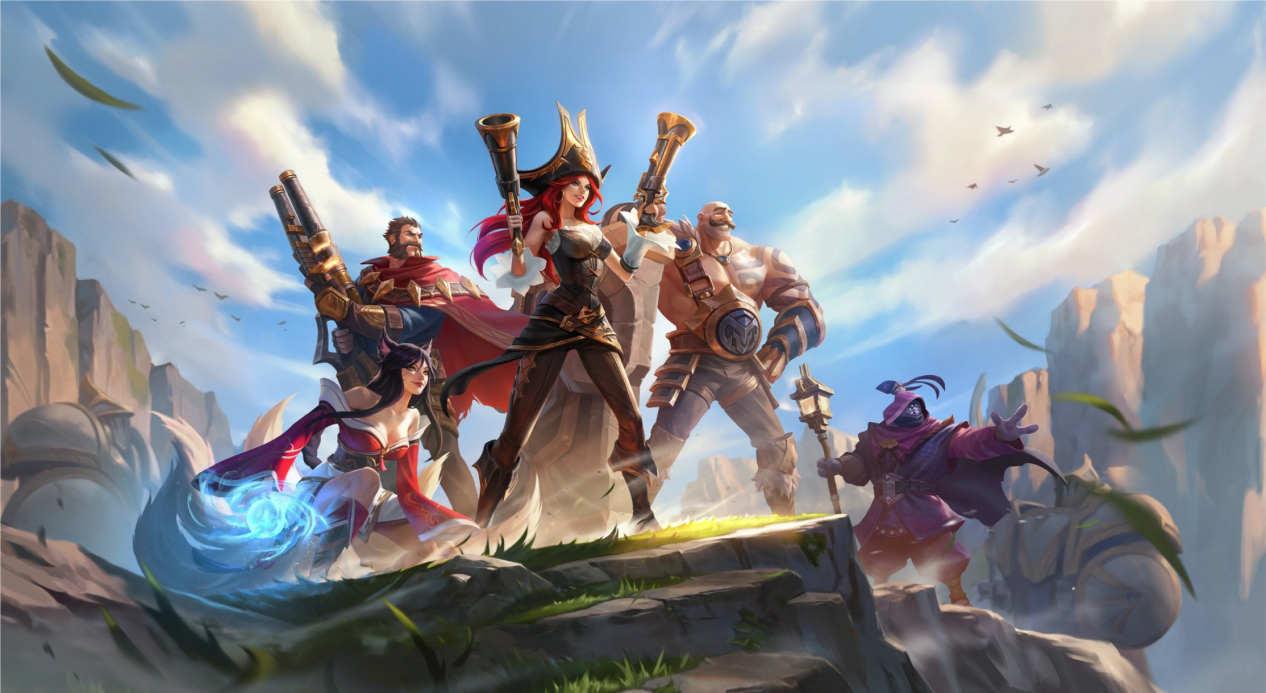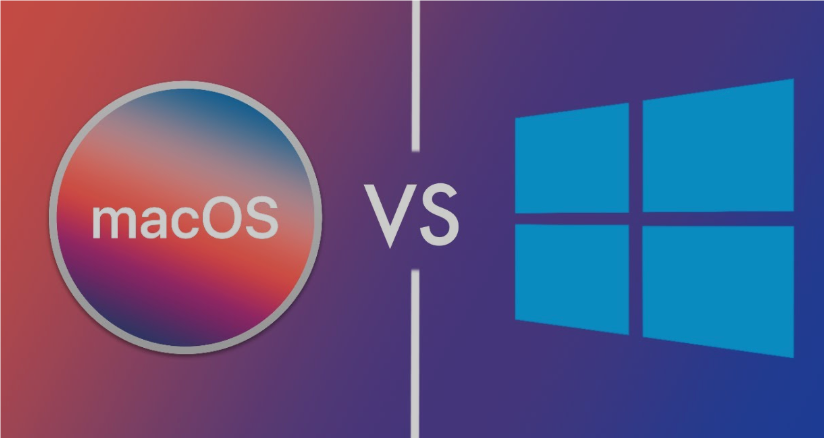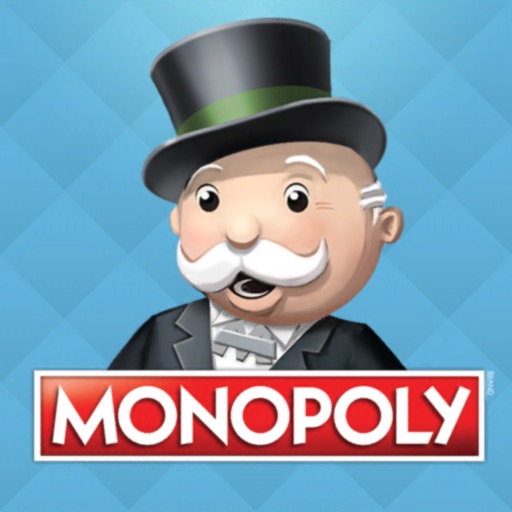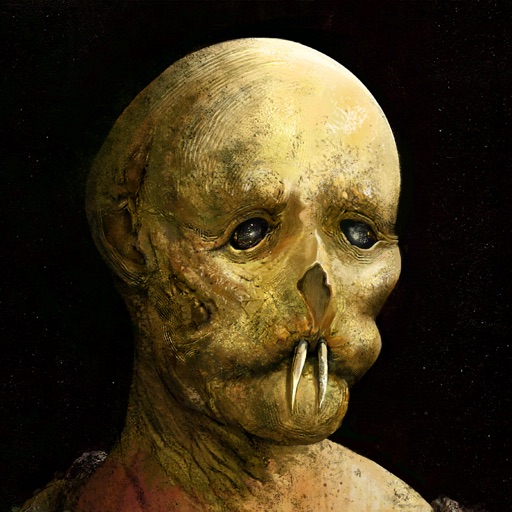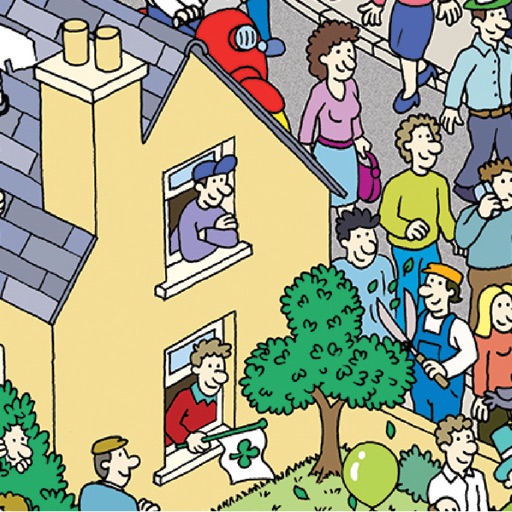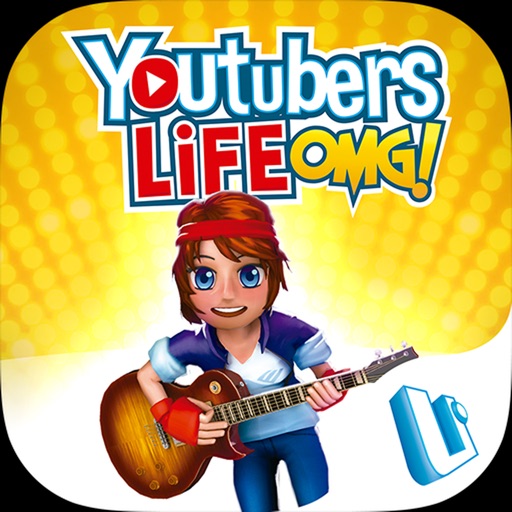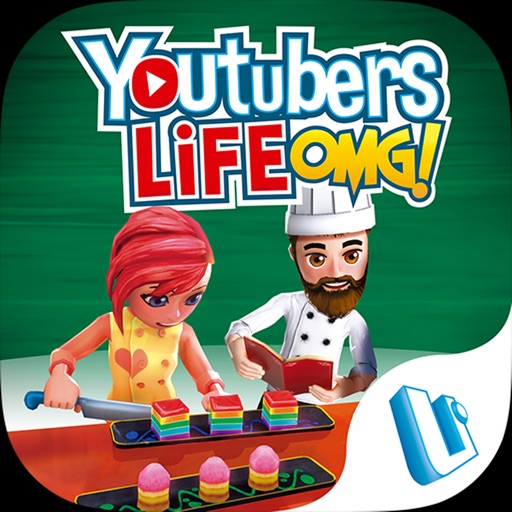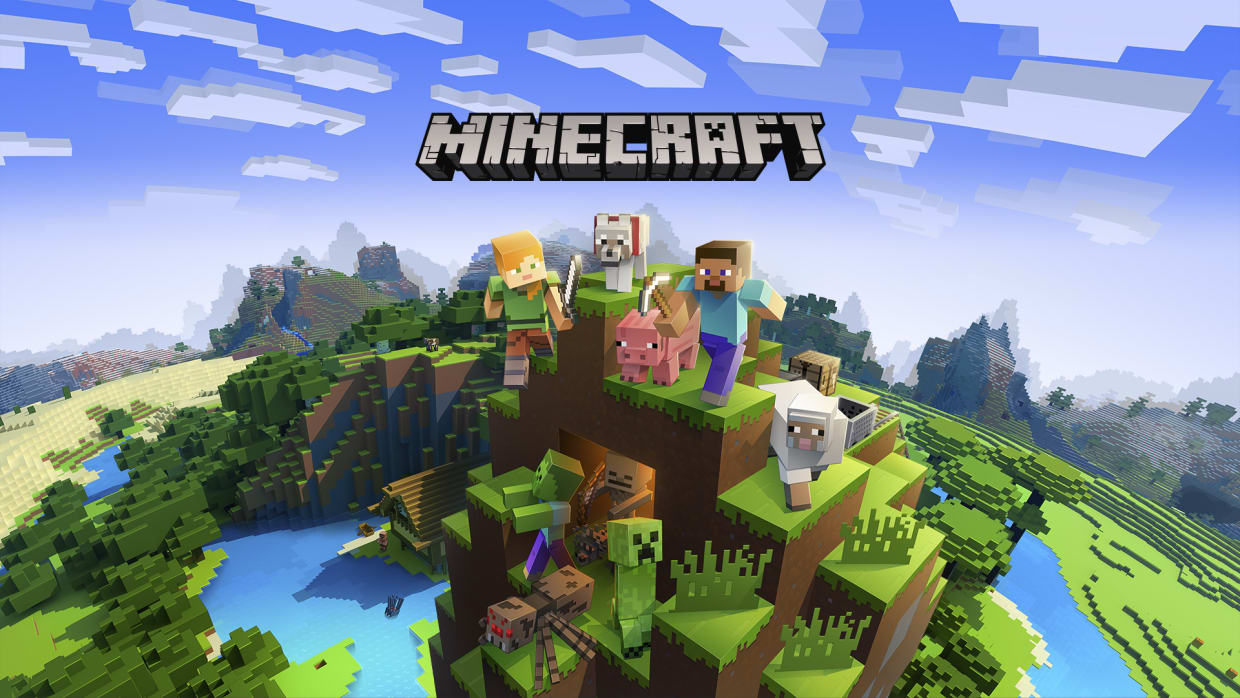
Introduction
Minecraft, developed by Mojang Studios and initially created by Markus "Notch" Persson, has become one of the most influential and best-selling video games of all time. Released in 2011, Minecraft’s unique sandbox environment, where players can build and explore virtually limitless worlds made of blocks, has captivated millions of players around the globe. This article explores the history, core features, educational impact, and cultural significance of Minecraft.
History and Development
1. Early Development (2009-2011)
- Minecraft began as a project by Markus Persson in 2009. Inspired by games like Infiniminer and Dwarf Fortress, Persson aimed to create a game where players could freely build and explore a blocky world. The game's alpha version was released in 2009, followed by a beta version in 2010, which quickly garnered a dedicated community.
2. Official Release and Subsequent Updates (2011-Present)
- Minecraft officially launched on November 18, 2011. The game's continuous updates and the addition of new features, such as redstone circuits, new biomes, and diverse mobs, have kept the game fresh and engaging. In 2014, Microsoft acquired Mojang Studios and Minecraft, further expanding its development resources and reach.
Core Features
1. Sandbox Gameplay
- Minecraft's sandbox gameplay allows players to interact with a procedurally generated 3D world made of blocks representing various materials. Players can mine these blocks and place them elsewhere to build structures, craft tools, and create intricate designs.
2. Game Modes
- Minecraft offers several game modes:
- Survival Mode: Players must gather resources, manage hunger, and fend off hostile mobs to survive.
- Creative Mode: Players have unlimited resources and can fly, allowing them to focus solely on building and creativity.
- Adventure Mode: Similar to Survival, but with custom maps and restrictions set by the map creator.
- Spectator Mode: Players can explore the world without interacting with it, often used to observe other players.
3. Multiplayer and Community
- Minecraft's multiplayer mode enables players to join servers and collaborate or compete with others. The game's community is vibrant, with countless custom servers, mods, and user-generated content enriching the Minecraft experience.
4. Redstone and Automation
- Redstone, Minecraft’s equivalent of electrical wiring, allows players to create complex machines and circuits. This feature adds a layer of depth to the game, enabling the creation of automated farms, intricate contraptions, and even working computers within the game.
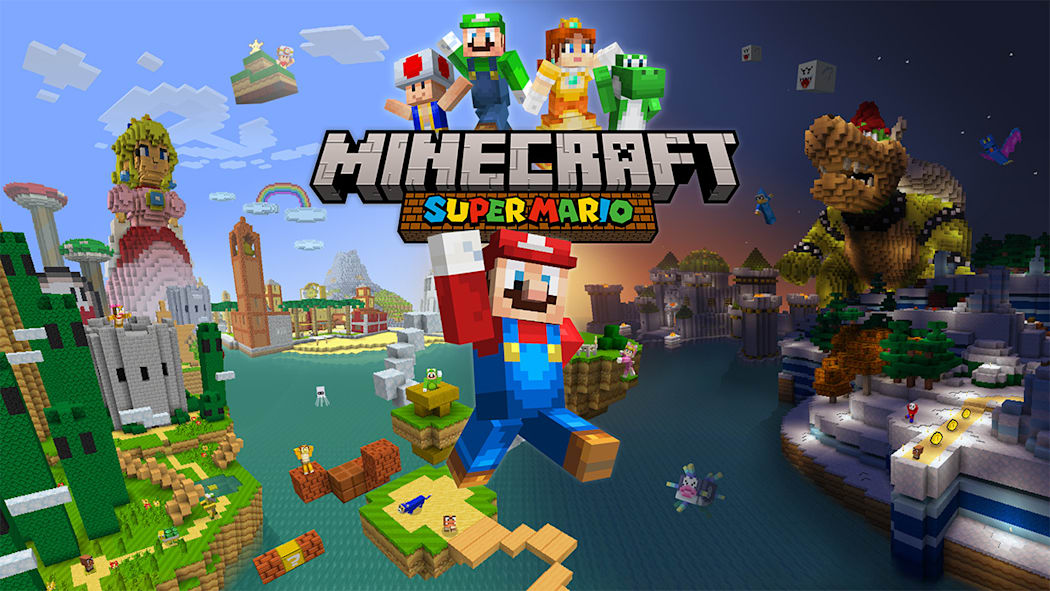
Educational Impact
1. STEM Learning
- Minecraft is widely used as an educational tool, particularly in STEM (Science, Technology, Engineering, Mathematics) education. Its block-based building system teaches basic engineering and programming concepts through redstone mechanics and command blocks.
2. Creativity and Problem-Solving
- The game encourages creativity and critical thinking. Players must devise strategies to gather resources, build structures, and survive hostile environments, fostering problem-solving skills.
3. Collaborative Learning
- Minecraft's multiplayer mode promotes teamwork and collaboration. In educational settings, students work together to build projects, solve puzzles, and achieve common goals, enhancing their social and communication skills.
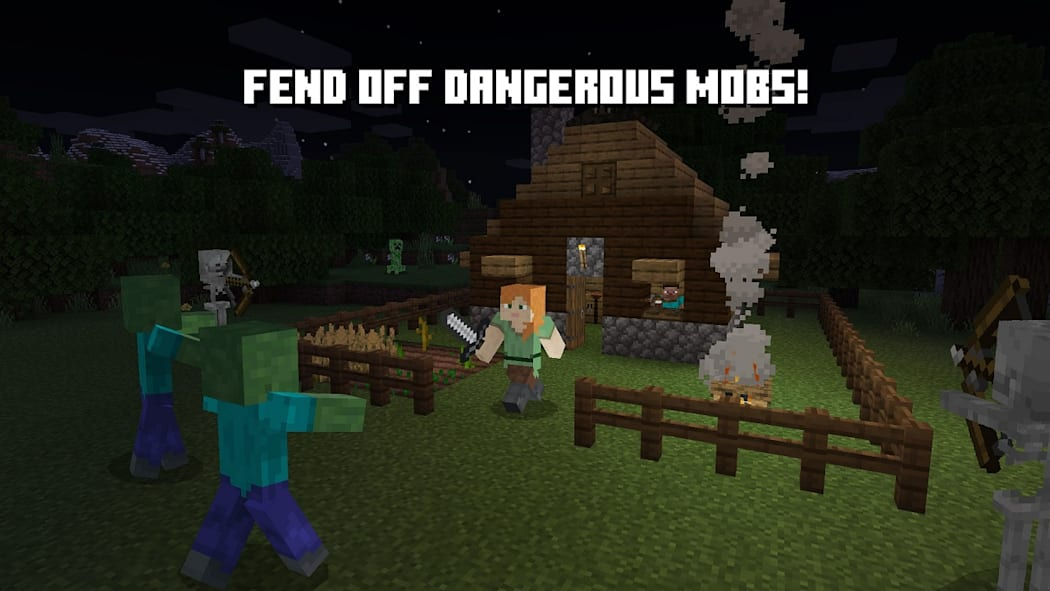
Cultural Significance
1. Global Phenomenon
- Minecraft's cultural impact is vast, with a global player base spanning all ages. The game's simplistic graphics and intuitive gameplay make it accessible to young children, while its depth and complexity appeal to older players.
2. Content Creation and Media
- Minecraft has inspired a massive amount of user-generated content, including YouTube videos, Twitch streams, and custom mods. Popular YouTubers and streamers have built careers around the game, further popularizing it.
3. Merchandise and Spin-Offs
- Minecraft's success has led to a wide range of merchandise, including toys, clothing, and books. Spin-off games like Minecraft Dungeons have expanded the franchise, exploring new gameplay styles within the Minecraft universe.
Conclusion
Minecraft is more than just a game; it is a platform for creativity, education, and community. Its simple yet profound gameplay mechanics have made it a timeless classic, continuing to inspire and entertain millions of players worldwide. With its ongoing updates and active community, Minecraft's blocky world of infinite possibilities shows no signs of slowing down.
